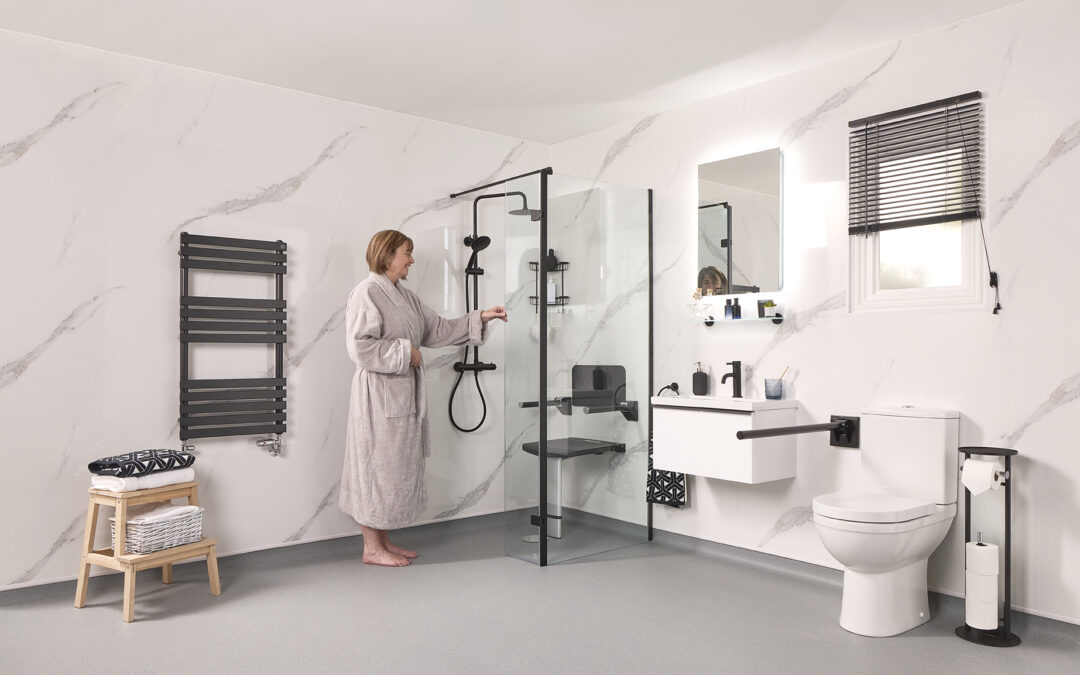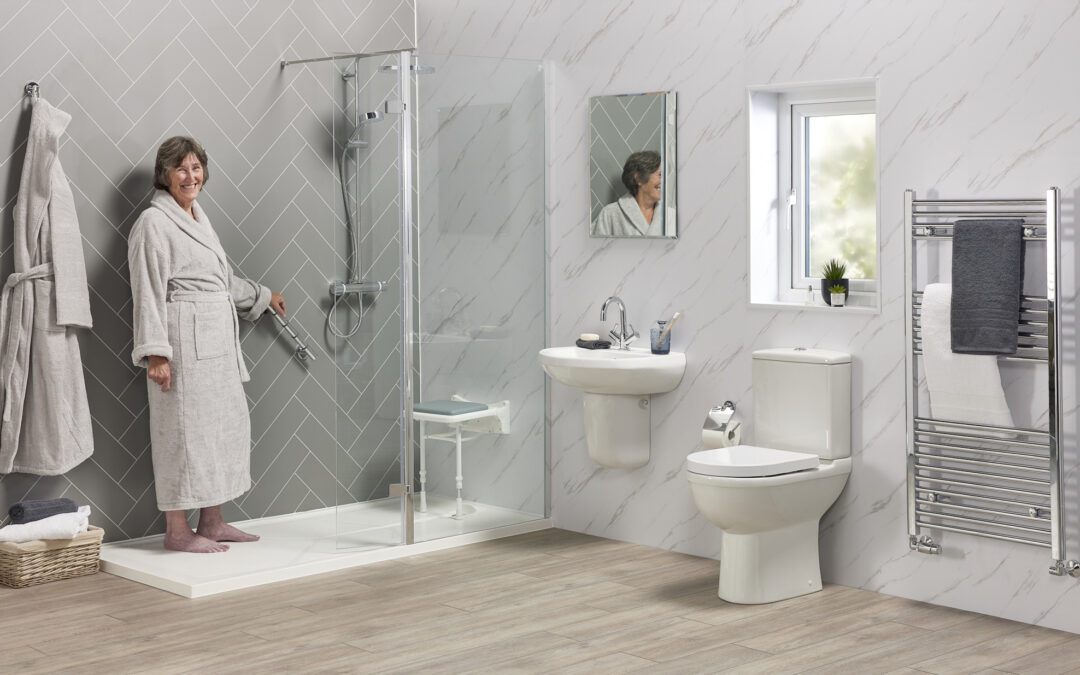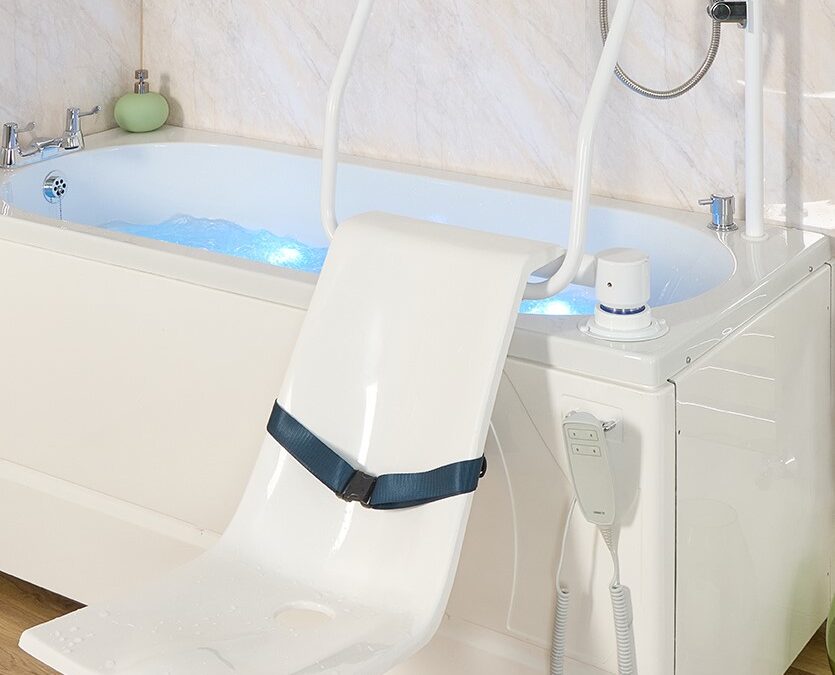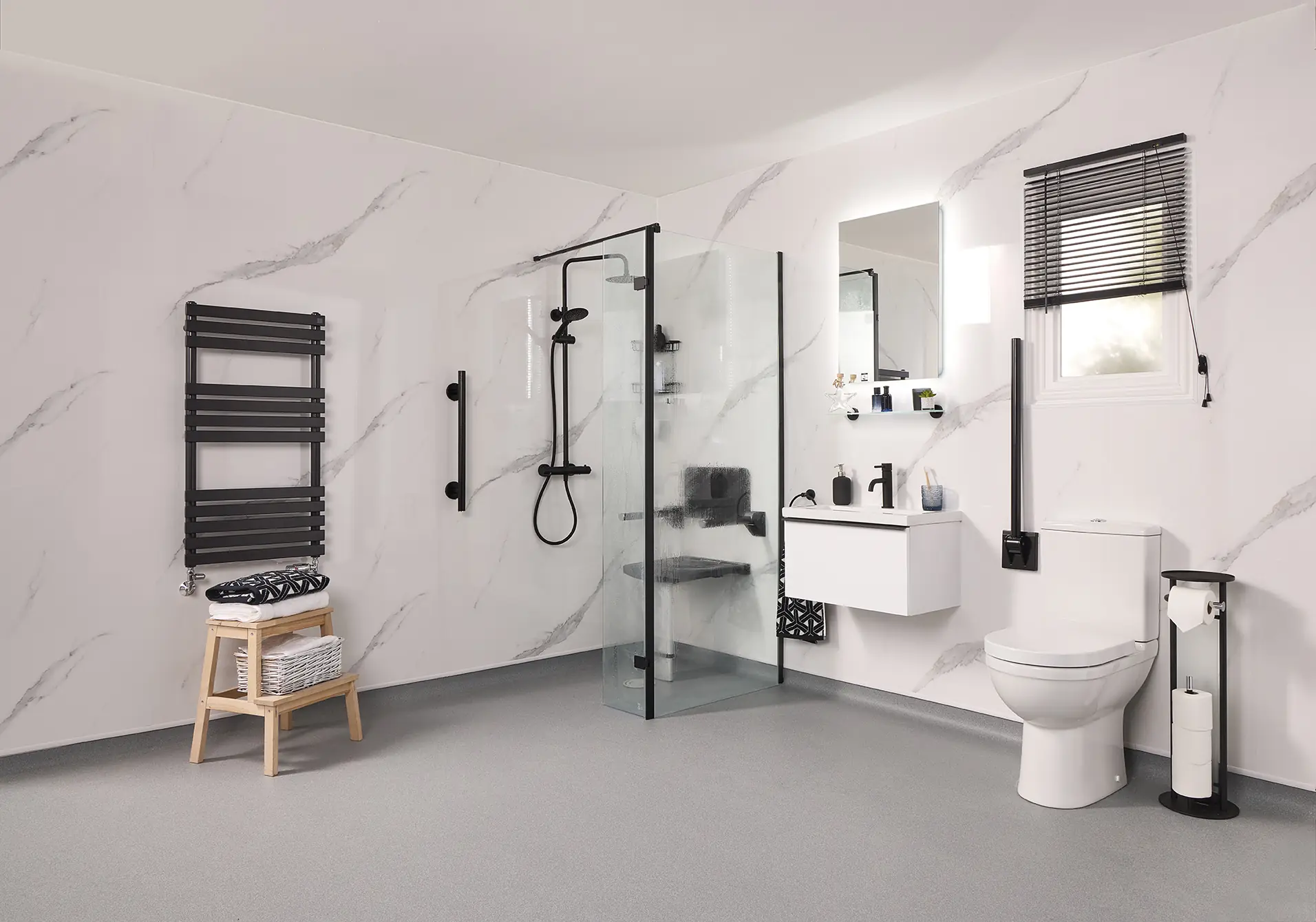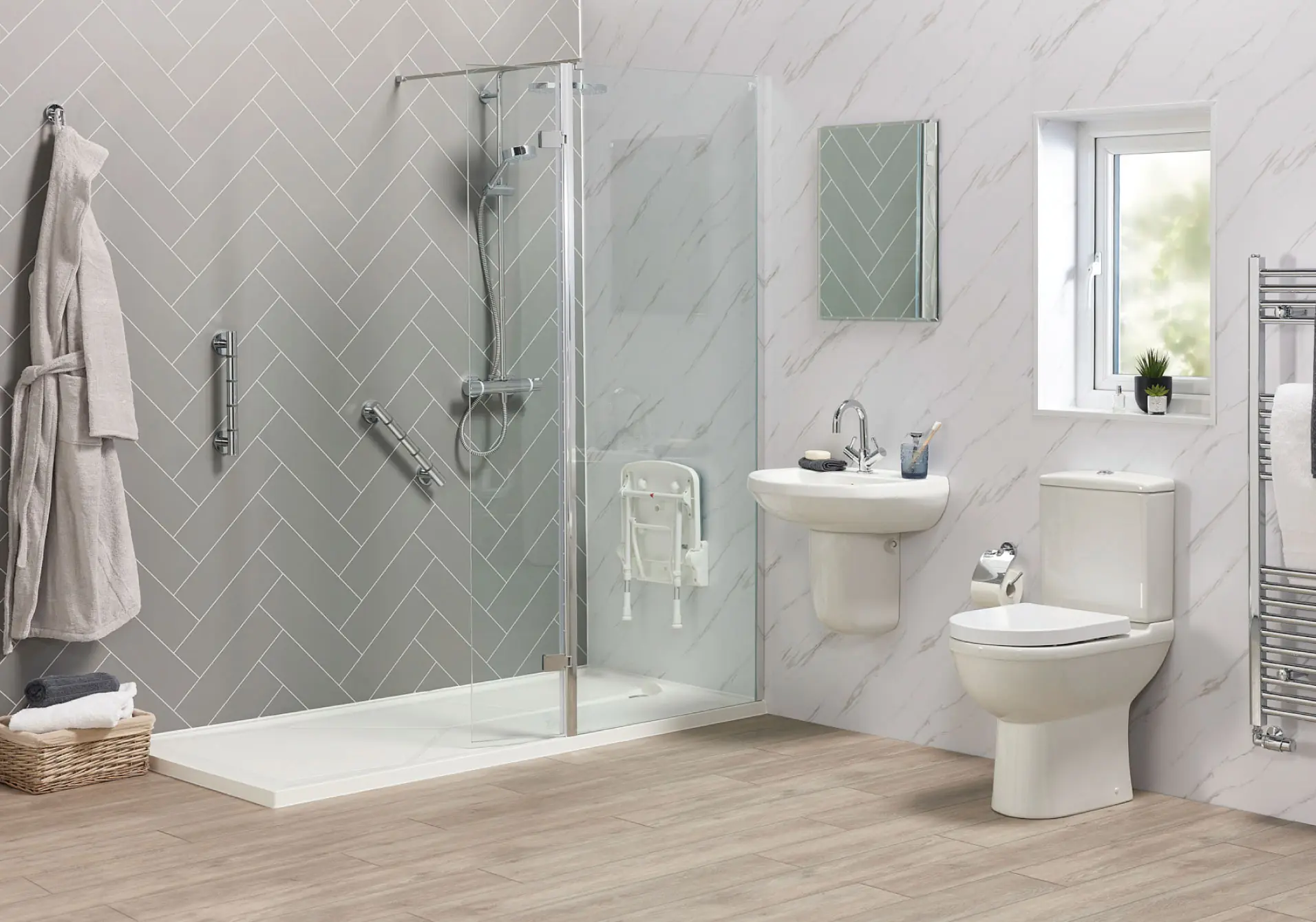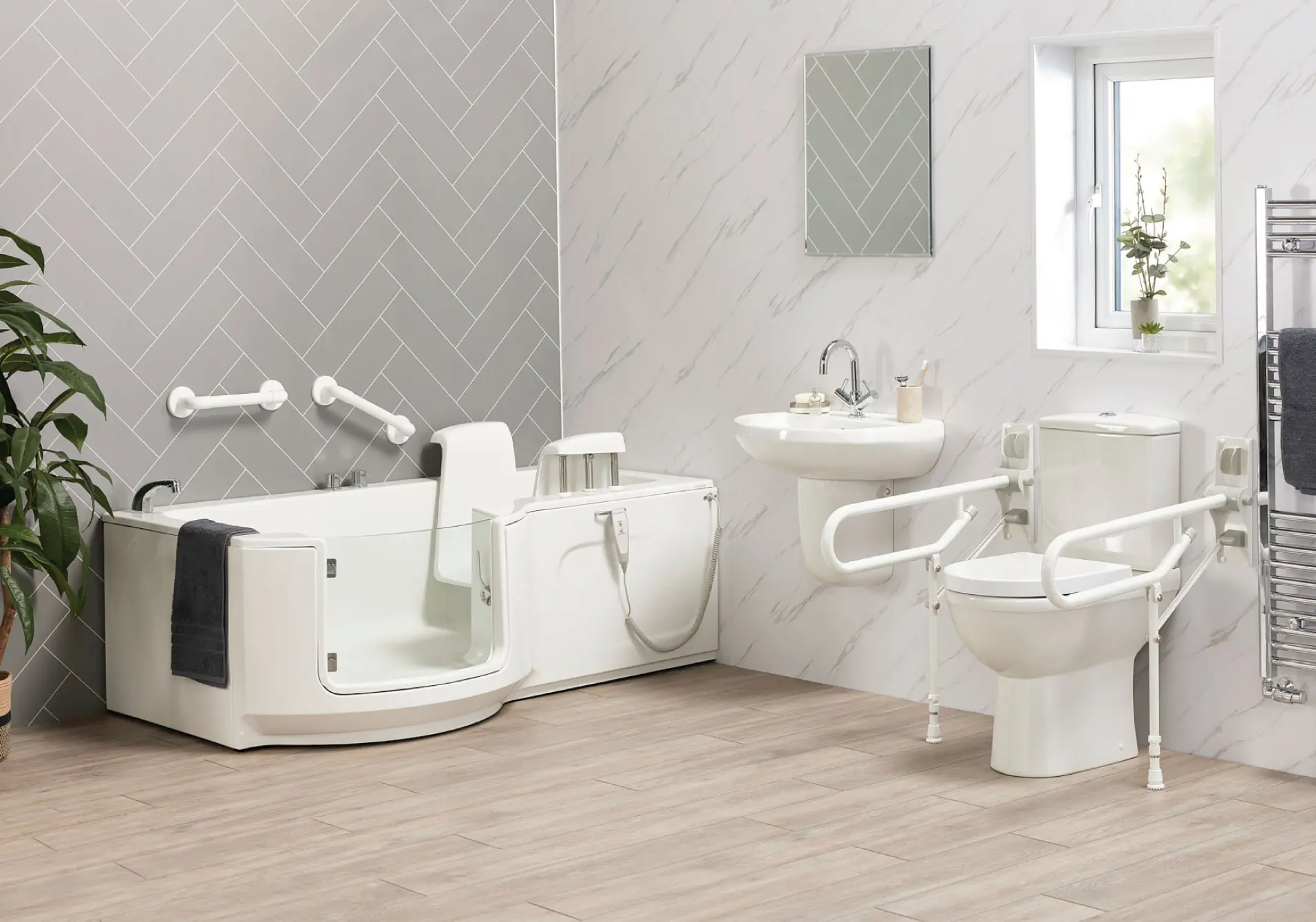Bathing is a fundamental part of daily hygiene and self-care, yet it can present significant challenges for individuals with limited mobility. At EA Mobility, we understand the importance of maintaining independence and dignity in personal care routines. One of the most effective solutions we offer to enhance bathroom accessibility and safety is the bath hoist. In this comprehensive guide, we will explore what a bath hoist is, how it works, the benefits it offers, and how it can transform the bathing experience for individuals with disabilities or mobility issues.
What is a Bath Hoist?
A bath hoist assists individuals with limited mobility in safely entering and exiting the bathtub. It provides a secure and supportive method for transferring users from a seated or standing position into the bath and vice versa. Bath hoists are especially beneficial for those who find it difficult or impossible to lower themselves into or lift themselves out of a bathtub without assistance.
How Does a Bath Hoist Work?
Bath hoists come in various designs, but they generally operate using a combination of a lifting mechanism and a supportive seat or sling. Here’s a step-by-step overview of how a typical bath hoist works:
- Positioning:
The user seats in a comfortable chair or on the edge of the bath. And then, positions the bath hoist to ensure easy access to the bath. - Securing the User
The user is secured in a sling or on a supportive seat attached to the hoist. Safety straps or harnesses may be used to ensure the user is securely positioned. - Lifting
Using a manual or electric control, the hoist gently lifts the user into the air. The lifting process is smooth and gradual to ensure comfort and safety. - Lowering into the Bath
Once the user is lifted to the appropriate height, the hoist swings or moves the user over the bathtub and gently lowers them into the water. The process is reversed to lift the user out of the bath after bathing.
Types of Bath Hoists
Bath hoists come in several types, each designed to cater to different needs and preferences:
1. Manual Bath Hoist
Manual bath hoists operate using a hydraulic or mechanical pump. These hoists are often more affordable and do not require electricity, making them a practical choice for many households. However, they may require more physical effort to operate compared to electric hoists.
2. Electric Bath Hoist
Electric bath hoists are powered by a rechargeable battery or mains electricity. They offer a more effortless and convenient lifting process, as the user or caregiver can control the hoist with a simple push of a button. Electric hoists are ideal for users who require frequent assistance or for caregivers who need to reduce physical strain.
3. Ceiling Track Hoist
Ceiling track hoists are installed on a track system mounted to the ceiling. These hoists provide a seamless and space-saving solution for transferring users between different areas, such as from a wheelchair to the bath. Ceiling track hoists offer excellent maneuverability and are particularly useful in bathrooms with limited floor space.
4. Portable Bath Hoist
Portable bath hoists are designed for flexibility and ease of use. They can be moved between different bathrooms or even taken on trips, providing consistent support wherever needed. Portable hoists are a great option for users who travel frequently or live in multiple residences.
5. Gantry Hoist
Gantry hoists are freestanding systems that do not require permanent installation. They consist of a frame or gantry that supports the hoist mechanism, allowing it to be moved and adjusted as needed. Gantry hoists are ideal for temporary setups or when ceiling installation is not feasible.
6. Mobile Hoist
Mobile hoists, also known as floor or wheeled hoists, are highly versatile and can be easily moved around the bathroom or other areas of the home. These hoists are equipped with wheels and can be locked in place for stability. Mobile hoists are suitable for transferring users in and out of the bath, as well as between different locations within the home.
Benefits of Using a Bath Hoist
The use of a bath hoist offers numerous benefits for both users and caregivers, enhancing safety, comfort, and independence:
1. Increased Safety
One of the primary benefits of a bath hoist is the increased safety it provides. By eliminating the need to step over the bathtub edge or lower oneself into the bath, the risk of slips, trips, and falls is significantly reduced. This is especially important for individuals with limited mobility, who are more susceptible to bathroom accidents.
2. Enhanced Independence
A bath hoist enables users to bathe independently or with minimal assistance, promoting a sense of autonomy and self-reliance. This is crucial for maintaining dignity and confidence in daily routines.
3. Reduced Caregiver Strain
For caregivers, a bath hoist reduces the physical strain associated with lifting and transferring individuals in and out of the bath. This can prevent injuries and fatigue, allowing caregivers to provide better support and care.
4. Comfort and Ease of Use
Bath hoists are designed to provide a comfortable and supportive bathing experience. The lifting process is smooth and controlled, ensuring the user feels secure at all times. Additionally, the simple operation of electric hoists makes them easy to use for both users and caregivers.
5. Versatility
Bath hoists can be used in various bathroom settings and with different types of bathtubs. Whether you have a standard bath, a walk-in bath, or a specialised accessible bath, there is a bath hoist that can meet your needs.
Choosing the Right Bath Hoist
Selecting the right bath hoist involves considering several factors to ensure it meets the specific needs and preferences of the user:
- User Needs
Assess the level of mobility and the type of assistance required. For instance, electric hoists may be more suitable for users who need frequent and effortless transfers. - Bathroom Layout
Consider the space available in your bathroom and the type of bathtub you have. Ceiling track hoists or portable hoists can be ideal for small bathrooms. - Ease of Use
Choose a hoist that is easy to operate for both the user and the caregiver. Electric hoists often offer more convenience and ease of use compared to manual models. - Budget
Determine your budget and explore different options within that range. Both manual and electric hoists come in various price points, so you can find a suitable option without compromising on safety and quality.
EA Mobility: Your Partner in Accessible Bathing Solutions
At EA Mobility, we are dedicated to providing high-quality, customised solutions that enhance the independence and well-being of individuals with limited mobility. Our bath hoists are designed to offer maximum safety, comfort, and ease of use. We work closely with our clients to assess their needs and recommend the best hoist solutions for their specific situations.
A bath hoist is a valuable addition to any accessible bathroom, offering enhanced safety, comfort, and independence for individuals with limited mobility. By eliminating barriers and providing secure support, bath hoists transform the bathing experience, making it safer and more enjoyable. At EA Mobility, we are committed to helping our clients achieve greater independence and confidence in their daily routines. If you are considering a bath hoist or other accessible bathing solutions, contact us today to learn more about our services and how we can assist you in creating a safer and more comfortable bathroom environment.




